Blog
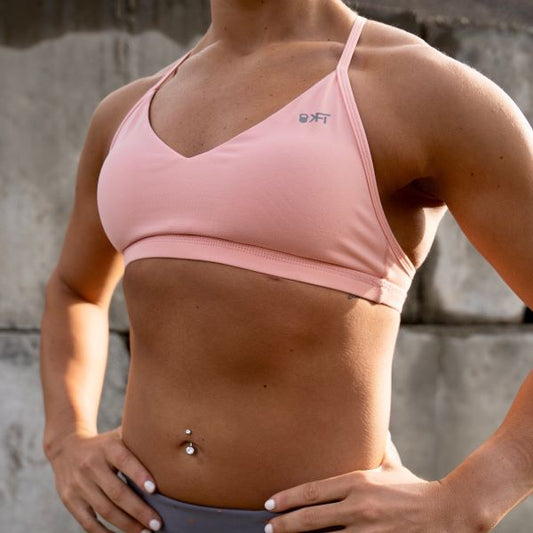
How to Measure Your Bra Size: A Step-By-Step Guide
Surveys show that the majority of people wearing bras are wearing the wrong size. That’s probably because most of us were never taught how to measure bra size. If you...
How to Measure Your Bra Size: A Step-By-Step Guide
Surveys show that the majority of people wearing bras are wearing the wrong size. That’s probably because most of us were never taught how to measure bra size. If you...
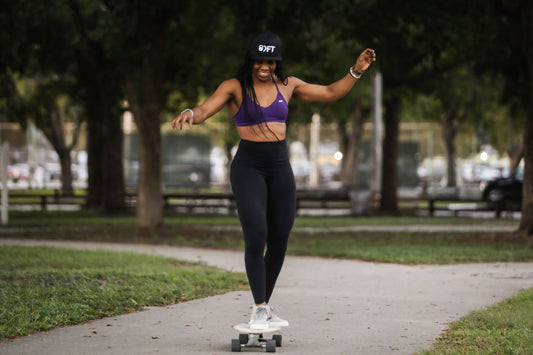
Types of Leggings: A Comprehensive Guide
Comfortable enough for daily wear, sleek enough to be fashion essentials, and versatile enough for office attire, casual events, and formal occasions - leggings are a must-have in your wardrobe....
Types of Leggings: A Comprehensive Guide
Comfortable enough for daily wear, sleek enough to be fashion essentials, and versatile enough for office attire, casual events, and formal occasions - leggings are a must-have in your wardrobe....
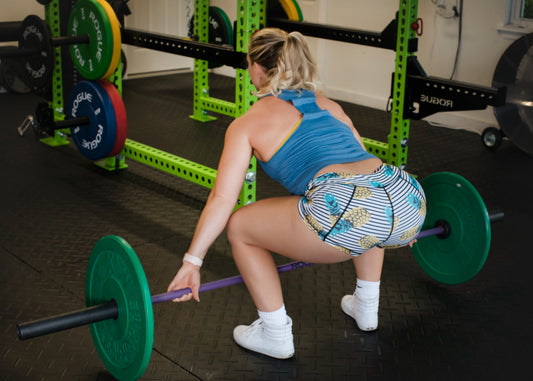
How Do Deadlifts Change Your Body? Benefits and...
The deadlift is one of the most popular exercises among people who are serious about strength training. But, like with other exercises, a proper deadlift technique is important to get...
How Do Deadlifts Change Your Body? Benefits and...
The deadlift is one of the most popular exercises among people who are serious about strength training. But, like with other exercises, a proper deadlift technique is important to get...
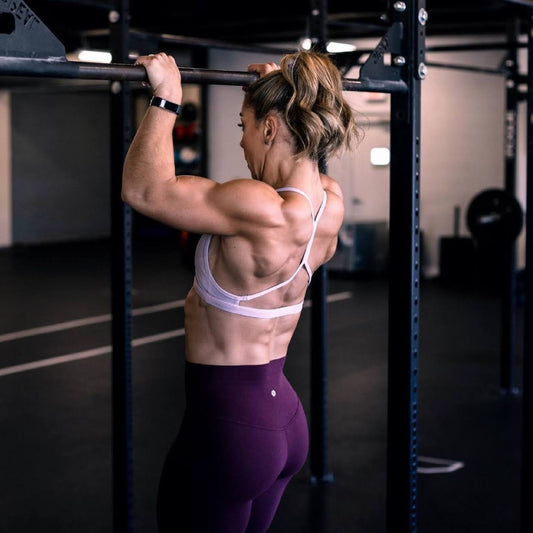
10 Accessory Exercises to Maximize Your Workouts
Over the years, I realize that the best strength training programs are a combination of main lifts and accessory exercises. But what are the best accessory exercises that can maximize...
10 Accessory Exercises to Maximize Your Workouts
Over the years, I realize that the best strength training programs are a combination of main lifts and accessory exercises. But what are the best accessory exercises that can maximize...
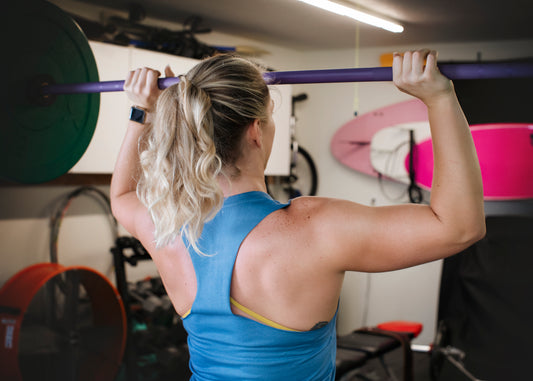
Why You’re Not Gaining Muscle: 10 Possible Reasons
Are you working out, eating right, and still wondering - why am I not gaining muscle? Here’s the thing. You could do weight training until a point of exhaustion and...
Why You’re Not Gaining Muscle: 10 Possible Reasons
Are you working out, eating right, and still wondering - why am I not gaining muscle? Here’s the thing. You could do weight training until a point of exhaustion and...
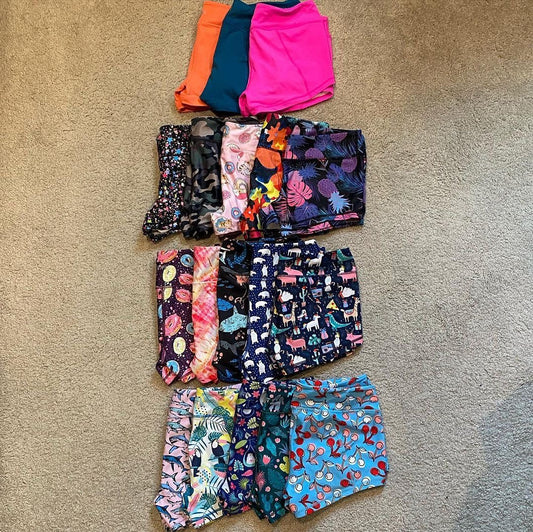
How to Organize Your Workout Clothes Like A Pro
How can you organize your workout gear? Closet space is limited for most of us, so you’ll need to use drawer dividers plus some tips and tricks like color coding.
How to Organize Your Workout Clothes Like A Pro
How can you organize your workout gear? Closet space is limited for most of us, so you’ll need to use drawer dividers plus some tips and tricks like color coding.
